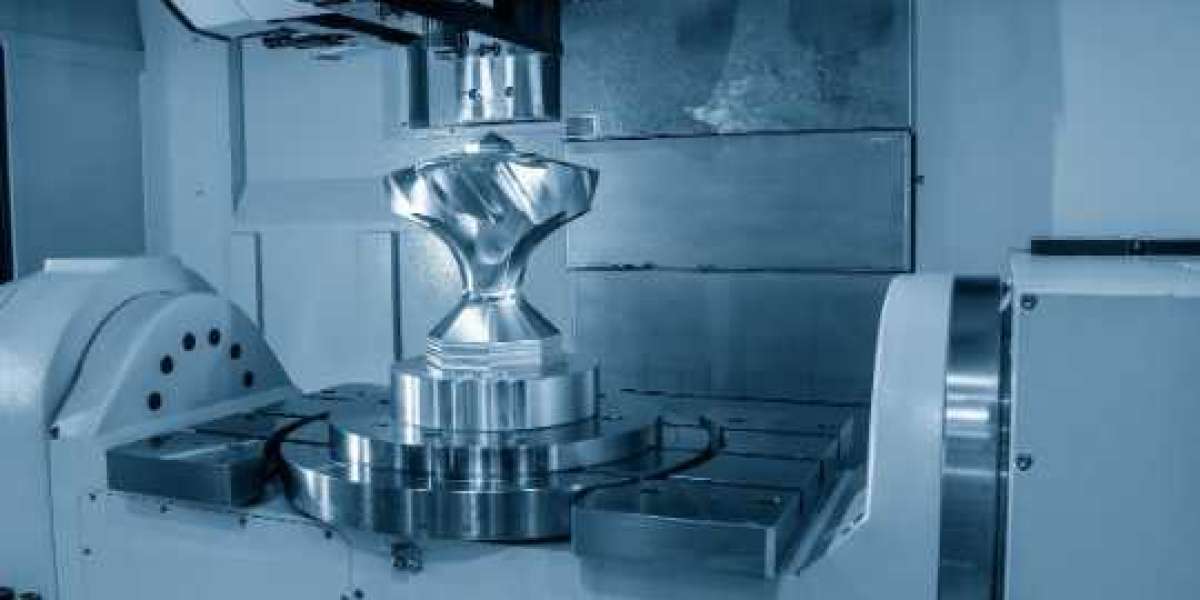While excavator tilt hitches like the tilting hitch and power tilt hitch provide convenience on jobsites, they are still machines that can develop problems over time and use. Here are some common issues excavator operators may encounter with tilt hitches and recommended troubleshooting tips.
Attachment Won't Lock Into Place
A locking mechanism that fails to fully engage could result in an attachment inadvertently disengaging from the hitch. First, inspect the locking pins and cylinders for wear or damage. Clean and lubricate movable parts as needed. If the problem persists, the hydraulic valve may require adjustment or the lock cylinders rebuilt. Consult the hitch manufacturer for support.
Tilting Function Not Working or Slow
Hydraulic issues are a common culprit for tilt function problems. Check all couplings and hoses for leaks, cracking or kinks that could impede fluid flow. Rebuild or replace worn hydraulic cylinders if tilting motion becomes slow or stiff. Low engine RPMs could also limit hydraulic flow, so run equipment at full power when tilting. The valve may need adjusting.
Attachment Will Not Attach or Detach Properly
Worn pins and bushings cause attachment connection problems more often than any other component. Inspect pins for rounding, cracks or excessive play, and replace as needed. Bushings that are dirty, damaged or excessively worn should also be replaced to restore a tight connection. Adapter plates may need aligning if bent or warped.
Unintended Tilt During Operation
If an attachment tilts inadvertently when you don't want it to, the hydraulic valve likely requires calibration. Consult your equipment manual for proper valve adjustment procedures specific to the hitch model in use. Alternatively, contaminated fluid could be interfering with valve control and should be flushed and replaced.

Excessive Noise or Vibration
Noisy or shaky operation from the tilting hitch or attachment is a sign of wear, lack of lubrication or misalignment. Carefully inspect pins, bushings and pivot points for roughness, cracks or play that could cause rattling. Grease fittings should be flushed with fresh grease regularly. Check that adapter plates are intact without bends or play.
Trouble Attaching Hydraulic Hoses
Improper hose routing or worn hose ends could cause hydraulic line connection issues on power tilt models. Inspect ends for cracking, swelling or rounding that prevent a tight seal. Replace any hoses more than 5 years old as rubber degrades over time. Always route hoses carefully with ample slack to avoid kinking or abrasion.
Attachment Functions Erratically
Contaminated hydraulic fluid is a common problem behind unstable attachment control. Flush the system regularly as per manufacturer maintenance intervals using proper hydraulic fluid. Dirt buildup in valves or misadjusted controls can also cause erratic behavior requiring professional servicing.
Attachment Overhangs Properly Balanced Load
An off-center attachment load creates stability issues for the excavator. Ensure any load or material is centered within the attachment workspace, below the hitch pin points. Avoid over-extending loads beyond the attachment frame which risks upsetting the machine's balance and control.
Loss of Tilt Range Over Time
Hydraulic components sometimes lose motion over many hours of operation. First inspect for external issues like damaged cylinders. If all checks out, the tilt valve may require internal rebuilding to fully restore original range of motion. Professional servicing helps maximize long-term hitch performance.
With planned inspection and preventative maintenance of common wear items, excavator operators can troubleshoot the majority of tilt hitch issues in the field. Professional repairs may be required for more complex hydraulic or structural problems. Quality tilting quick hitches for sale from reputable brands also stand up well to challenging jobsite conditions.








